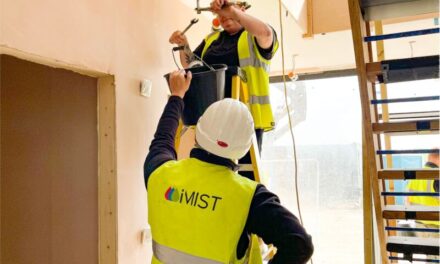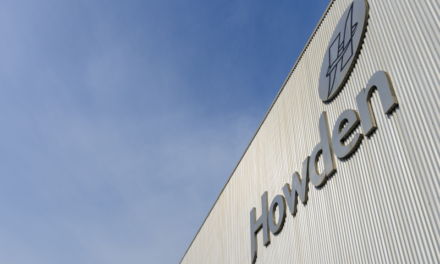Developing a robust plan to ensure business continuity has never been more important with so much uncertainty in the market says Steve Askins, UK engineering director at ERIKS UK & Ireland. Here Steve addresses some of the key issues at play when it comes to equipment maintenance and outlines the fundamental steps towards the development of a strategy. 
The looming Brexit deadline, cyber security threats, equipment obsolescence and the reliability of plant are all increasingly pressing topics for industry, reinforcing the need for a plan of resilience to mitigate against any potential risk. This may seem logical but many businesses are ill-equipped to face some of the current challenges.
Take equipment obsolescence as a prime example. In our recent report – ‘The Challenge of Obsolescence: Strategies for managing and maintaining an ageing asset base’ – 19 per cent of respondents admitted that they logged End of Life (EoLs) announcements but neglected to put a proactive plan in place, with nine per cent admitting to ignoring them entirely. What’s shocking is that these are things industry are being handed on a plate but are being ignored. What about all the other issues not so widely broadcast or understood?
In addition, IBM’s Cyber Security Intelligence Index, cites the manufacturing industry as one of the most frequently hacked sectors. Perhaps more alarmingly, nearly 30 per cent of all network attacks within the manufacturing sector could actually have been avoided through better security reviews and control processes, according to the report. These attacks are becoming more sophisticated, are no longer just about the extortion of money, with increasing focus on Intellectual Property and data theft.
There may, of course, be many reasons why a business fails to take a more proactive approach to equipment maintenance and the safeguarding of operations, but the reality of the situation is that failing to plan may be doing your business more damage than you think.
The creation of a plan may seem like a mammoth task, but if broken down into three core areas, it seems more manageable:
- Weakness – what are the equipment weak spots and where do the greatest vulnerabilities lie? Conduct a detailed audit of plant – identify any areas of concern and then order them by criticality.
- Conduct an asset consolidation – carry out a stock assessment and analyse the ordering and stores process.
- Prevention – what can a business do to prevent equipment failure and the ensuing loss of productivity?
- Recovery – if equipment does fail, how can the business recover from the situation?
The first stage is all about identifying any ineffective processes as well as trends in purchasing that could be improved. Then, the prevention and recovery phase is all about understanding how and when equipment failure may occur, before building in strategies to help mitigate against the effect on the business – reducing costs and ensuring productivity is maintained.
Many companies may seek to do this internally but there are some key benefits to outsourcing, not least in terms of objectivity. An external provider can provide a full review of equipment and any issues, without bias toward or against any department. They will also have an in-depth knowledge of these themes’ day-in, day-out and will therefore have a good grasp of the best measures and solutions within the market.
With so much uncertainty in the market right now, planning for failure shouldn’t be feared it should be revered. Ultimately those businesses that prepare will be much better placed to weather the storm, no matter the forces at play.



